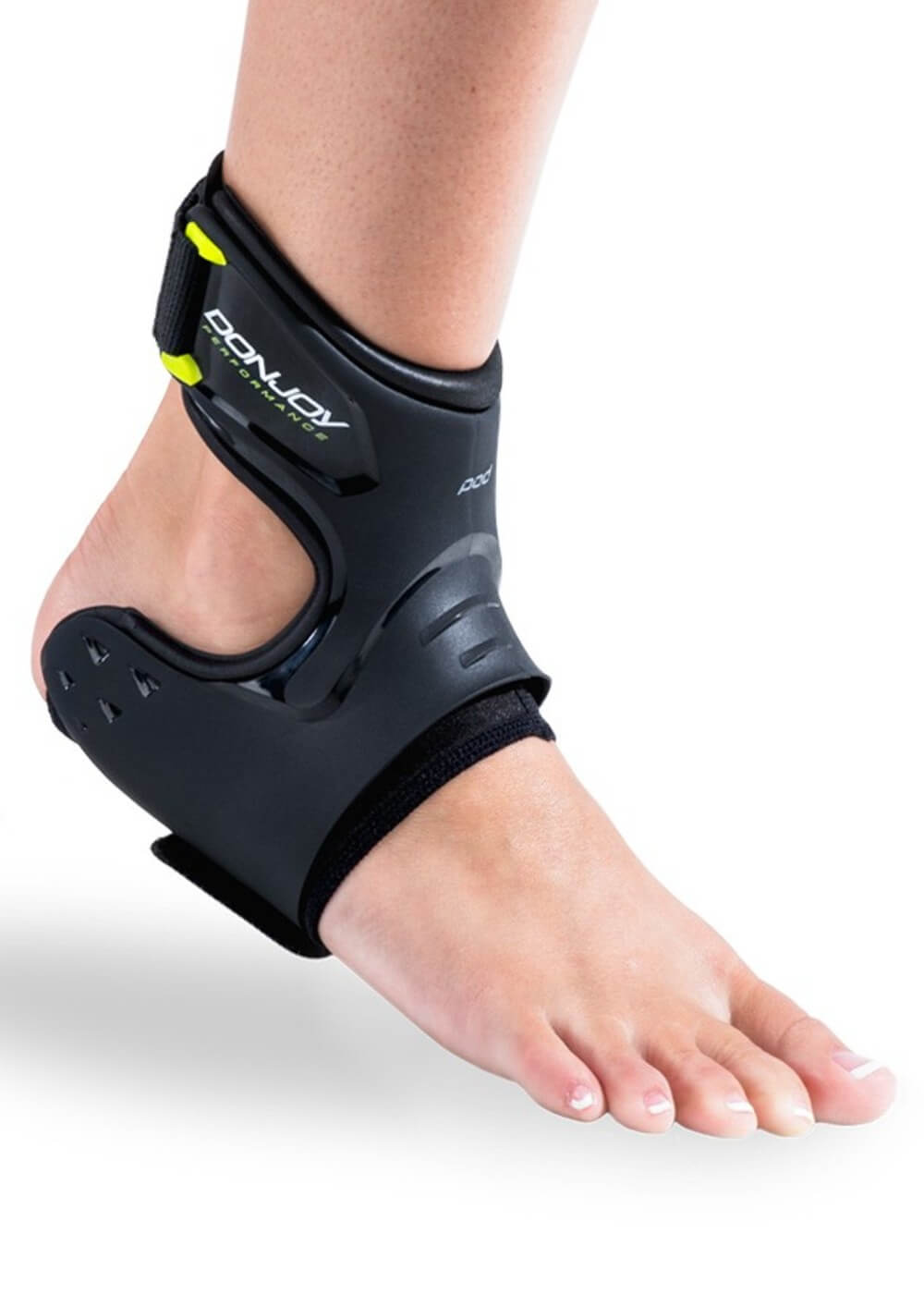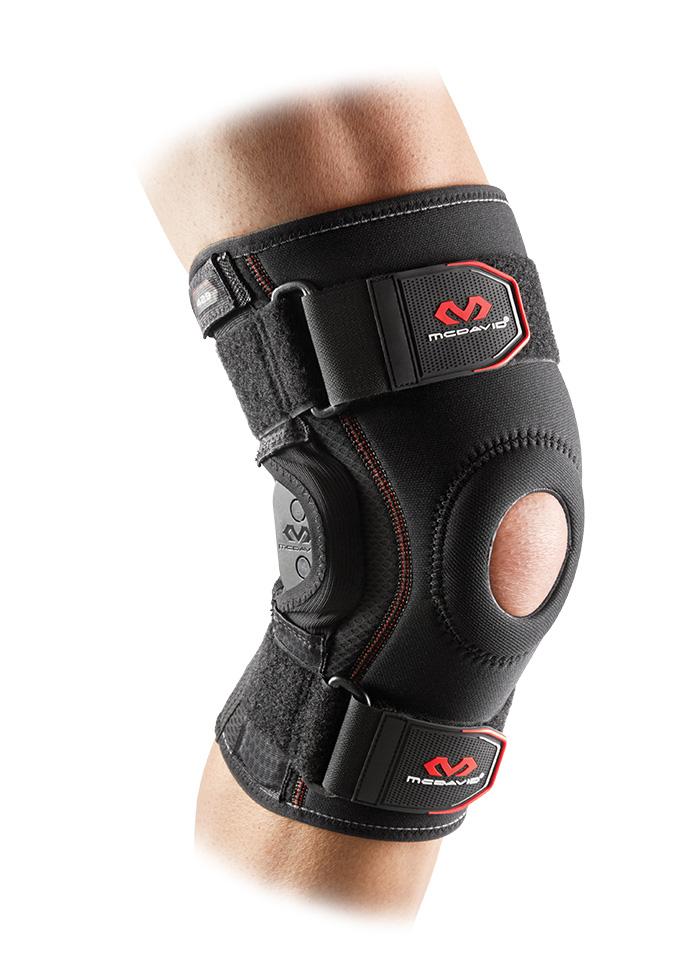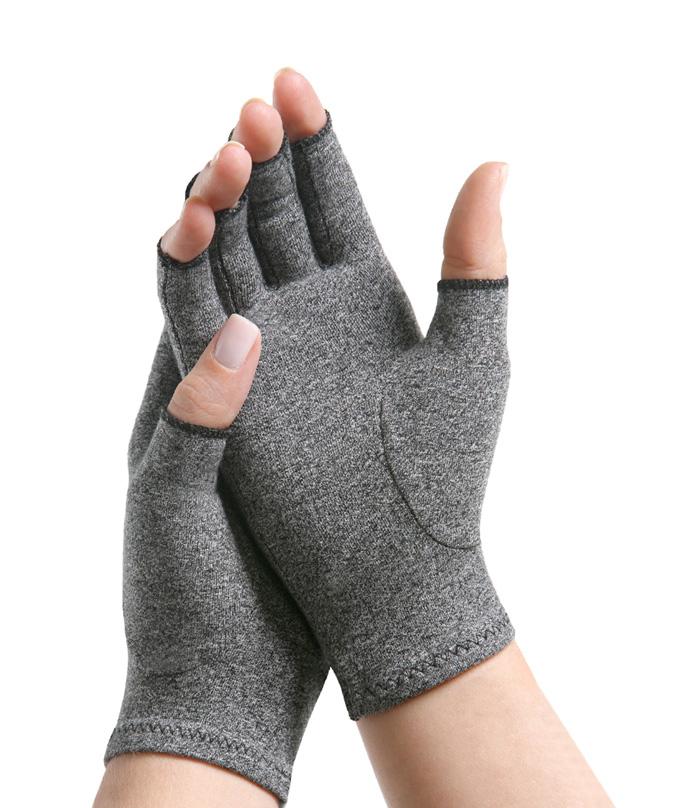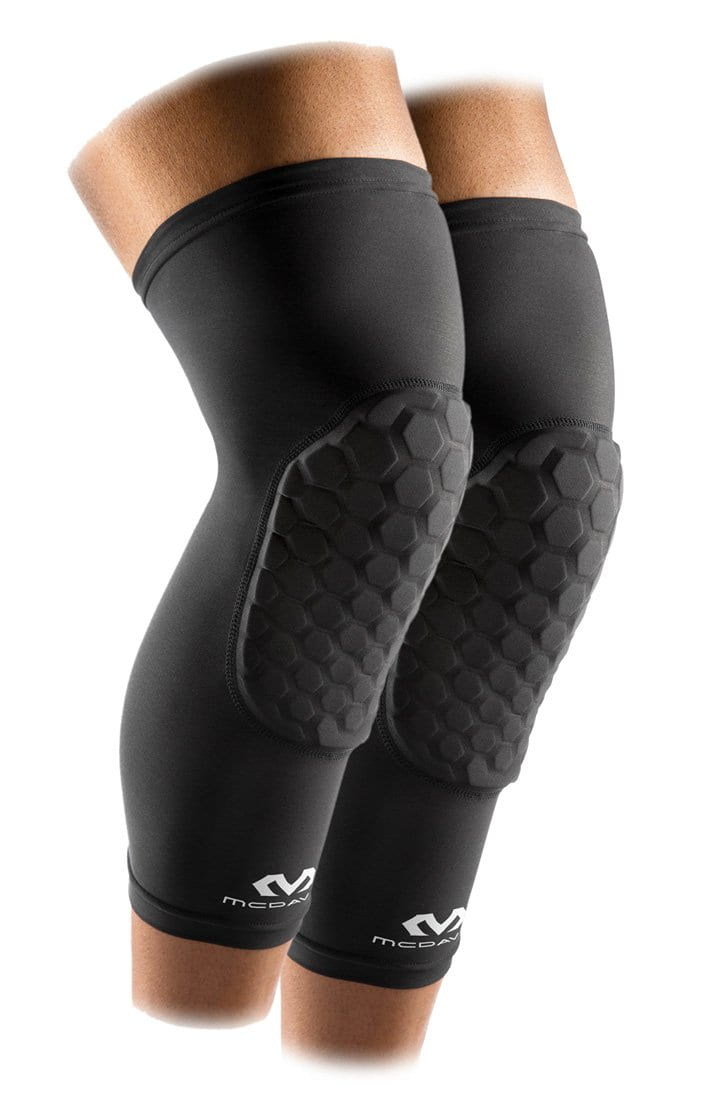Hip Flexor Strain Injury: Causes, Symptoms & Treatment Options
A hip flexor strain refers to an injury which involves the tearing of one or more of the muscles located at the front of the hip called the hip flexor muscles. The hip flexor muscles include the psoas minor muscle, the psoas major muscle, the iliacus muscle, the iliopsoas muscle and the sartorius muscle. This condition is characterized by the pain in the front of the groin or hip.
The iliopsoas, which starts from the lower back and pelvis and attached to the femur, is a muscle among the hip flexor muscles that is most commonly affected during a hip flexor strain.
Your hip flexors play a key role in moving your knee towards your chest with the bending of the hips. Your hip flexors are typically active during kicking or sprinting-type activities. When your hip flexors are placed under stretch or contract, the hip flexor fibers are subjected to tension, which when excessive due to high force or repetition can cause tear of the fibers.
When these hip flexor fibers tear, you experience an injury called hip flexor strain, which causes minimal pain in case of a small tear or severe pain and disability from a complete rupture. The degree of injury can vary depending on the situation. Hip flexor strains are therefore, divided into three grades:
- Grade 1: A few fibers are torn causing minimal pain with full function
- Grade 2: A significant number of hip flexor fibers are torn causing moderate pain and loss of function. In most cases, hip flexor strains are Grade 2 tears
- Grade 3: All fibers rupture causing severe pain and major loss of function
Causes Of Hip Flexor Strain
The following are the most common causes of hip flexor strains:
- Overuse and repetitive physical activity
- Acute trauma, such as from a fall or a forceful kick
- Poor posture
- Excessive sedentary activity. Sitting for hours can tighten hip flexors and make them more susceptible to tears. Standing workstations are recommended for people who spend most hours of their day doing sedentary work
- Abdominal or gluteal muscle weakness
Symptoms and Signs of Hip Flexor Injury
Common signs and symptoms of hip flexor strains include:
- Pain in the hips, thighs and the front region of your upper leg
- Side to side movements worsen symptoms
- Minimal to complete disability
- Movements that involve flexing the thigh or raising the knee toward the chest worsen pain
Treatment For Hip Flexor Strains or Tear
See a doctor if you suspect a hip flexor strain. A doctor’s diagnosis will help determine the severity of the injury and the steps required to improve symptoms. The following are some conservative treatments you can try at home:
- Rest your hip flexor muscles by avoiding activity that caused the strain. Avoid sports, exercise and physical activity that may increase pain. You’ll be able to return to activity much faster if you rest and allow the injury to heal itself. You can wear the 8200 MCDAVID Cross Compression Shorts to provide more support to your hips and thighs.
- Ice the affected area using an ice pack. Apply the ice pack for 30 minutes at a time every 3 to 4 hours. Continue this treatment until pain disappears.
- Take OTC pain medication to alleviate pain.
-
 Perform gradual stretching on your hip flexor muscles to improve hip strength and flexibility. To perform a hip flexor stretch, first kneel down on both knees and place your uninjured leg in front of you with your foot flat on the floor. Lean forward slowly at your hip producing a slight arch on your back. You should feel a stretch at the front of your hip. Stay in this position for 30 seconds and perform 3 reps.
Perform gradual stretching on your hip flexor muscles to improve hip strength and flexibility. To perform a hip flexor stretch, first kneel down on both knees and place your uninjured leg in front of you with your foot flat on the floor. Lean forward slowly at your hip producing a slight arch on your back. You should feel a stretch at the front of your hip. Stay in this position for 30 seconds and perform 3 reps. - You can also stretch your quadriceps by standing with your hands on a wall or counter for support. Grab the front of the foot of your injured leg and pull it towards your buttocks. You should feel a slight stretch in the front of your thigh or your quads. Stay in this position for 30 seconds and repeat three times.
Make sure you do not perform a stretch to the point that you feel pain. Stretches should be asymptomatic. If the injury does not improve, see a doctor as soon as possible.
You are allowed to re-use the image with the BodyHeal.com.au logo on your website or any online publication as long as the proper creditation is given to BodyHeal.com.au. You can link back to our homepage, https://bodyheal.myshopify.com or this article at https://bodyheal.myshopify.com/blogs/thigh-groin/hip-flexor-strain-injury-causes-symptoms-treatment-options







Waddup
Leave a comment